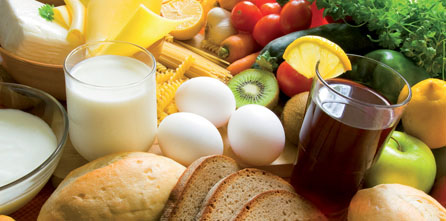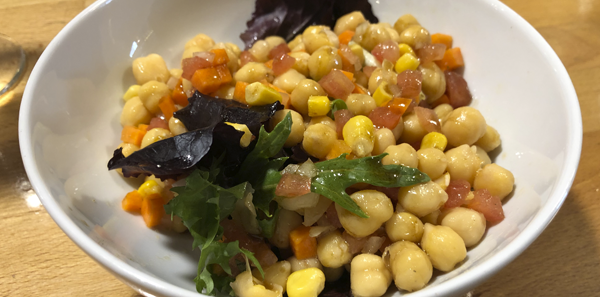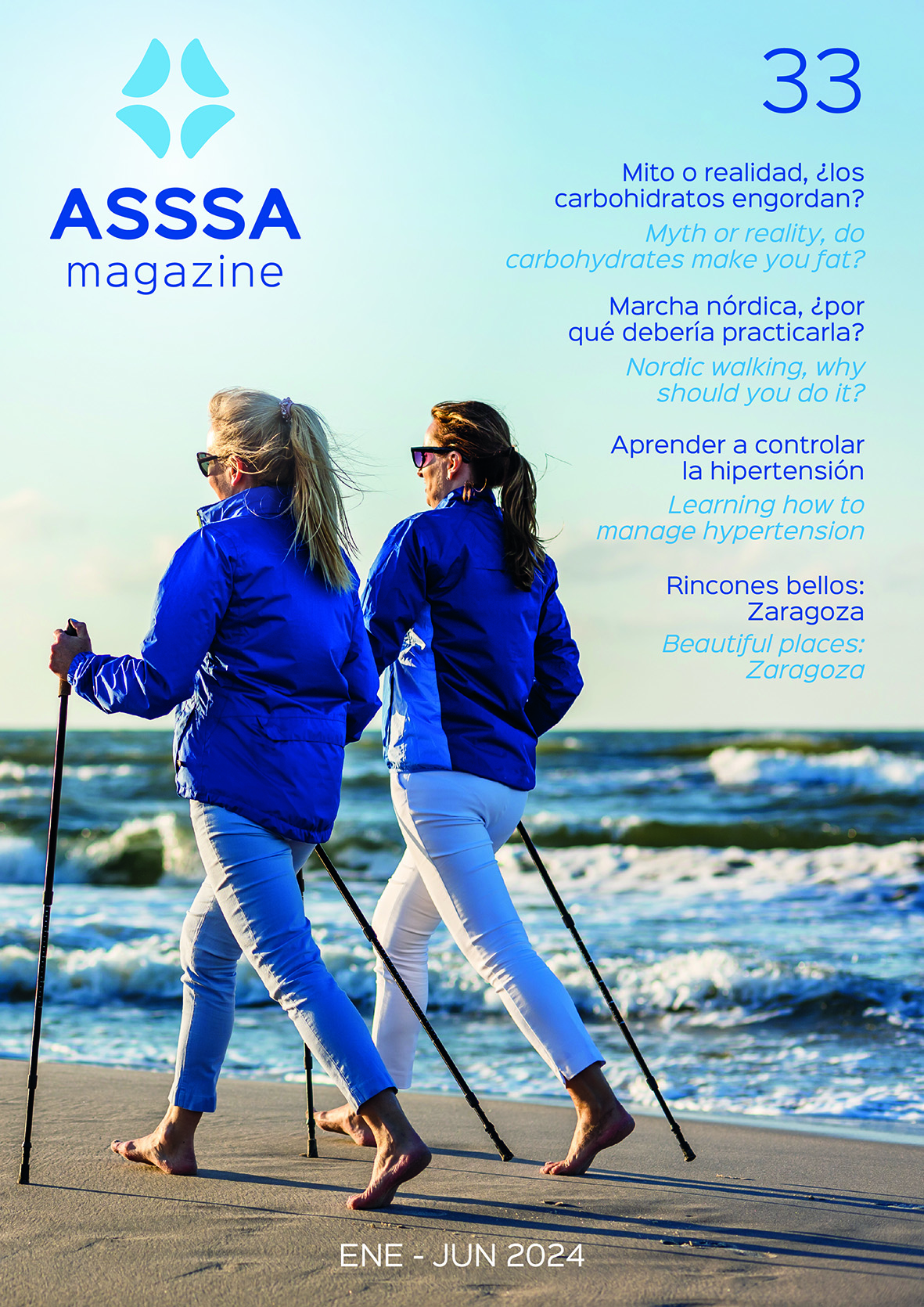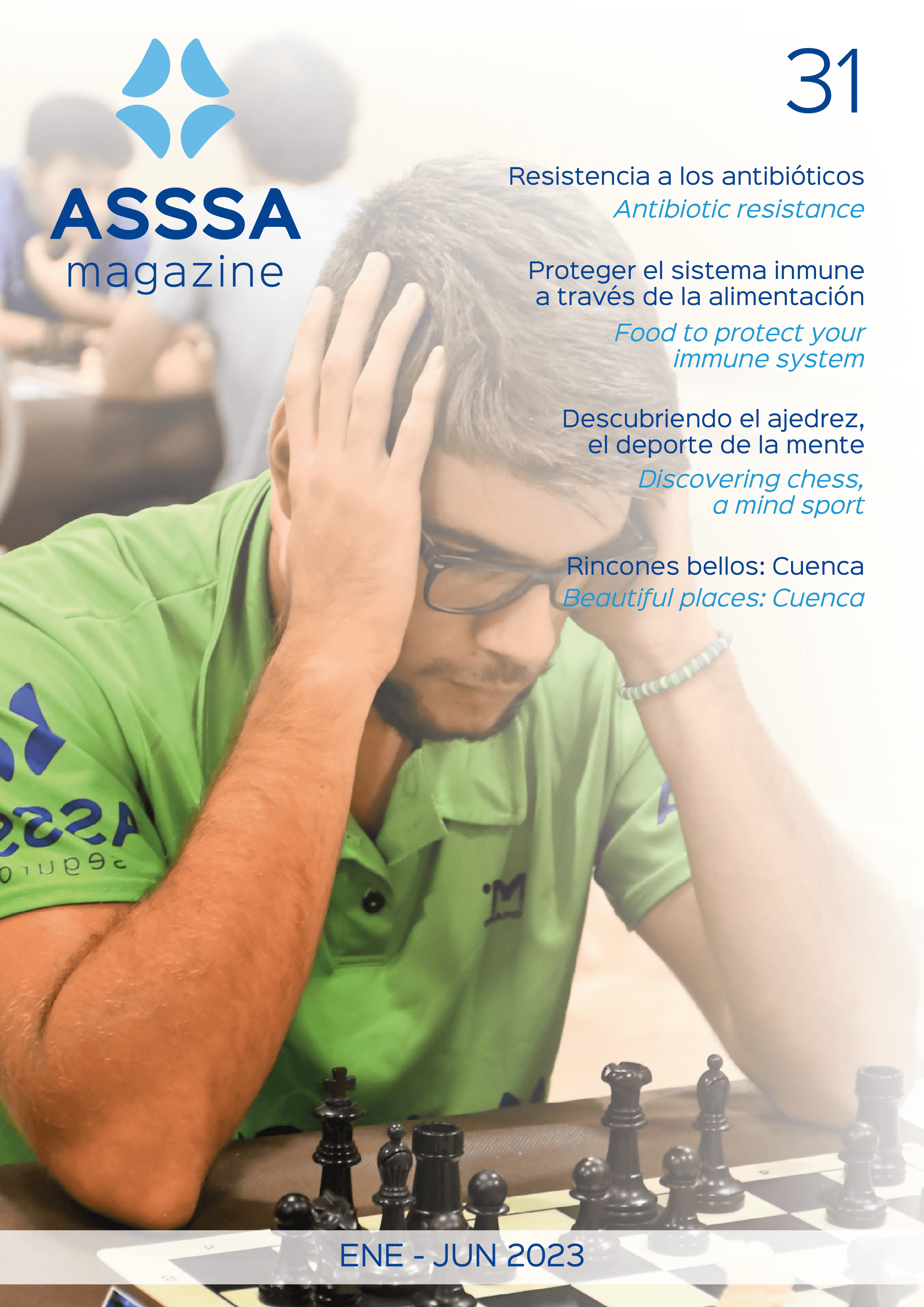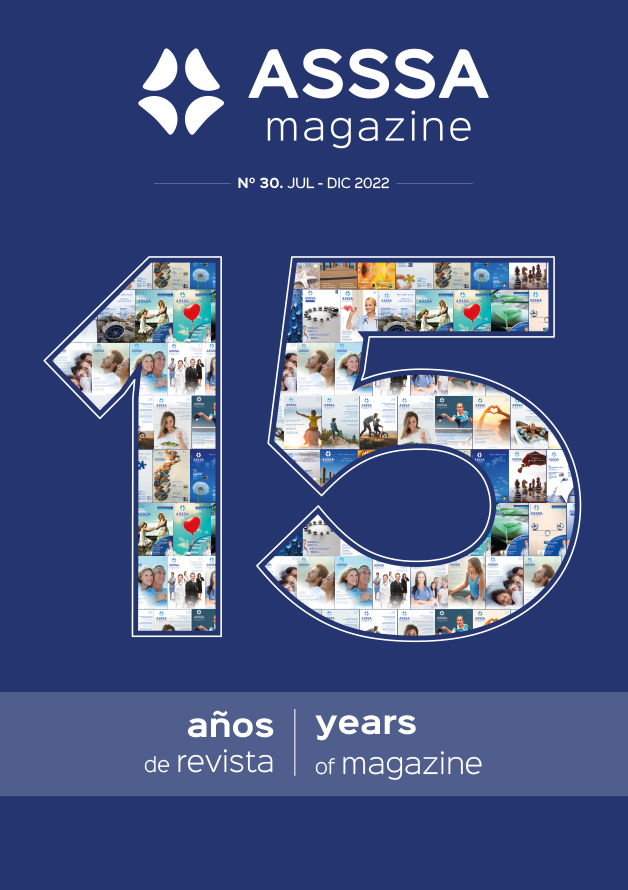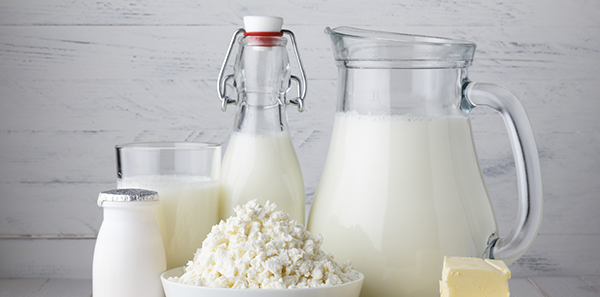
There are people in the world who tolerate lactose and people who don’t. If you are one of the latter, all you need to do is restrict or eliminate your intake of dairy products (depending on your degree of intolerance) and you will not have any problems. But even if you do not have any trouble digesting milk and dairy products, you may have been led to believe that they could be harmful to your health. There is no reason to fear this, but are they essential to our diet? No, although milk is a biologically complete food that is entirely fit for human consumption.
The ability to digest milk is not universal; in fact, more than three quarters of the world’s adults do not produce lactase, the enzyme that allows us to digest the main sugar found in milk and dairy products (lactose). All mammals, including humans, are born with lactase: an enzyme produced by the cells of the small intestine that is responsible for digesting lactose, the sugar in milk that is present to some degree in all dairy products. Usually, lactase is no longer produced after weaning and therefore lactose can no longer be digested. Once this happens, if we ingest a dairy product, the lactose is not digested, so it is fermented by bacteria in our intestines, causing gas, diarrhoea, bloating, nausea, etc. Lactose intolerance is therefore not a disease and of course it is not a “milk allergy” (the immune system is not involved in the process).
Although it may sound surprising, lactose intolerance is the rule rather than the exception in most parts of the world. It affects 75% of the world’s population, although its prevalence is not evenly distributed, as it varies a great deal by region and ethnicity.
It is estimated that over 90% of the Asian population cannot tolerate lactose, and neither can 75% of African Americans. This situation is also common in tropical and subtropical countries. However, among individuals of European descent this percentage is much lower and the majority of the population continue to produce the enzyme throughout their adult life due to a mutation in the lactase gene that ensures its persistence beyond early childhood. This geographical variation is not random, but is the result of the evolutionary process of different human populations, which is particularly influenced by the climate of the region in which they settled.
This genetic difference that allows Europeans to drink milk after infancy (called lactase persistence) goes back to the Neolithic period, when the first farming societies emerged. According to recent studies, the genetic change that allowed the first Europeans to drink milk without getting ill took place approximately 7500 years ago, in a region now occupied by north-west Hungry and south-east Slovakia. The reason behind this genetic selection was the need to digest a very widely accessible food in the first pastoral communities (which had transitioned from a hunter-gatherer lifestyle and established permanent settlements).
The most generally accepted conclusion these days is that the difficulty of cultivating the land would have meant our European ancestors had no other option but to survive on what their animals gave them, namely meat, milk and eggs (especially milk and eggs, as they do not involve slaughtering the animal). Milk became a relatively constant food for them, which was rich in protein and less contaminated than water sources. This would have been a very difficult situation for those who are lactose intolerant (the “normal” situation), who would have been condemned to death. However, those who had the lactase gene mutation were able to receive nourishment from milk throughout their lifetime and therefore obtain food even when there were no crops, allowing them to survive and reproduce in this hostile land. The children of these survivors would also have had the mutation and could therefore survive, and so the process was repeated generation after generation. Their body continued to produce lactase in order to digest milk. So it is not difficult to imagine that, purely by natural selection, after hundreds or thousands of years the entire population of these regions would have been formed entirely by individuals who had the mutation and were therefore lactose tolerant. They started out as just a few, but generation after generation they were the ones who survived, while those who were intolerant perished over the course of evolution (in those regions).
As regards Spain, recent investigations point that the rate of lactose tolerance in this country (66-85%) is lower than that of our northern European neighbours, but much higher than it should be as a Mediterranean country, probably due to the arrival of central European cultures in the Iberian Peninsula, whose economies were based on livestock rearing.
But what is beyond all doubt is the importance of calcium in the diet, which is the main mineral component of bones. 99% of the calcium in our body is stored in our bone structure, while the remaining 1% is essential for processes affecting neurotransmission and the function of the heart. Calcium also reduces the risk of suffering osteoporosis and colon cancer. Although there are a few studies (often cited on websites linked to vegan movements) that even argue that drinking milk can have the opposite effect on osteoporosis to the effects claimed by the official medical guidelines, the reality is that there are many other studies that contradict this and nowadays the world’s major medical associations continue to advocate a controlled calcium diet in combination with vitamin D to prevent osteoporosis.
So how much calcium should adults consume? The recommended quantity in Spain is 800 milligrams a day, i.e. the equivalent of two glasses of milk. And what if you are intolerant to lactose like the majority of Africans, Asians and Native Americans? For those people the solution is to have lactose-free dairy products.
Dr. Jorge Juan Prieto Cueto – Department of Histology and Anatomy, Universidad Miguel Hernández. Faculty of Medicine.
The information published in this media neither substitutes nor complements in any way the direct supervision of a doctor, his diagnosis or the treatment that he may prescribe. It should also not be used for self-diagnosis.
The exclusive responsibility for the use of this service lies with the reader.
ASSSA advises you to always consult your doctor about any issue concerning your health.


